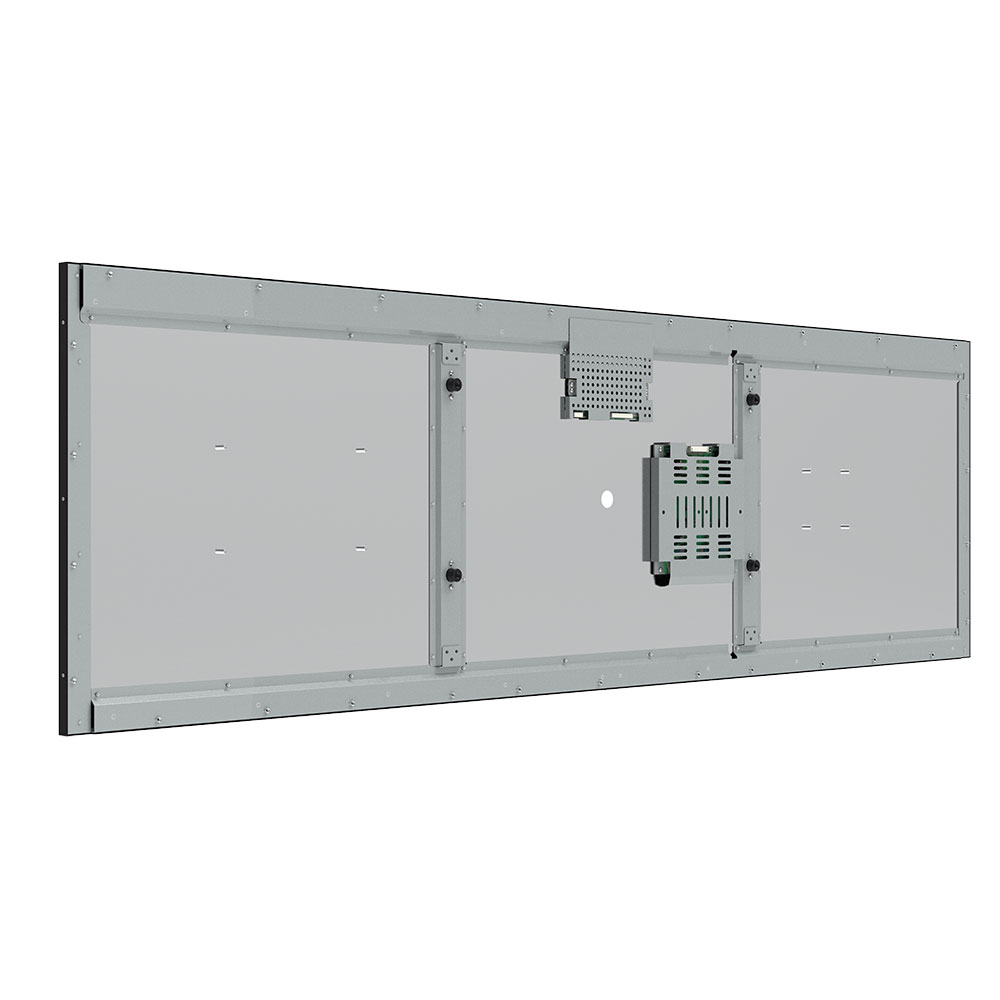- Home
- About Us
- Products
- News
- Video
- Contact
- Send Inquiry
Search
- Home
- About Us
- Products
- News
- Video
- Contact
- Send Inquiry

High-brightness, sunlight-readable LCD displays have become indispensable in modern outdoor environments where visibility under direct sunlight and variable lighting conditions is critical. These specialized screens are engineered with advanced backlighting technologies—such as high-lumen LED arrays and dynamic brightness control—that deliver luminance levels ranging from 3,000 to 10,000 nits, far exceeding the standard 250–500 nits of indoor displays. This ensures clear readability even at noon in direct sunlight, a key requirement for passenger information systems in railways, buses, trains, subways, and intercity rail networks. According to the International Electrotechnical Commission (IEC) standard IEC 62305-4, outdoor electronic signage must maintain operational integrity under harsh environmental conditions—including temperature extremes, humidity, and UV exposure—which these displays achieve through ruggedized housings, sealed enclosures (IP65 or higher), and tempered glass protection.
In transportation infrastructure, such displays provide real-time updates on schedules, delays, and safety alerts, enhancing traveler experience and operational efficiency. For example, the London Underground has deployed high-brightness LCDs across its platforms, resulting in a 40% improvement in passenger comprehension during peak daylight hours, per a 2022 Transport for London case study. Similarly, EV charging kiosks and gas pumps rely on these screens to display pricing, charging status, and payment prompts—where poor visibility can lead to user frustration or errors. Industry reports from ABI Research (2023) show that over 70% of new EV charging stations now integrate sunlight-readable displays due to their reliability and reduced maintenance costs compared to traditional LCDs.
Retail and real estate sectors also benefit significantly. Outdoor digital signage in shopping malls, airports, and commercial buildings uses high-brightness LCDs to attract attention without glare or color distortion. A 2021 Nielsen study revealed that well-designed outdoor retail signage using 5,000-nit displays increased foot traffic by up to 28% compared to conventional signage. In real estate, property developers use these screens to showcase floor plans and amenities in open-air sales offices or construction sites, improving engagement with potential buyers in daylight-rich settings.
Moreover, these displays are increasingly integrated into smart city initiatives and public utilities, such as outdoor TVs in bus stops and information kiosks in urban parks. The U.S. Department of Transportation’s Smart City Challenge (2020–2023) highlighted high-brightness LCDs as essential for public-facing digital infrastructure, citing improved accessibility and reduced downtime in municipal applications. With advancements in low-power consumption technologies like OLED-on-Si and mini-LED backlights, these displays now offer energy-efficient performance while maintaining extreme brightness—a crucial factor for sustainability-driven projects.

The global market for high-brightness outdoor LCDs is projected to exceed $12 billion by 2027 (MarketsandMarkets, 2024), driven by demand in transit, energy, and retail sectors. As cities and industries prioritize resilient, user-friendly digital interfaces, the role of sunlight-readable LCD technology will only grow—making it a foundational element in future-proof outdoor digital experiences.